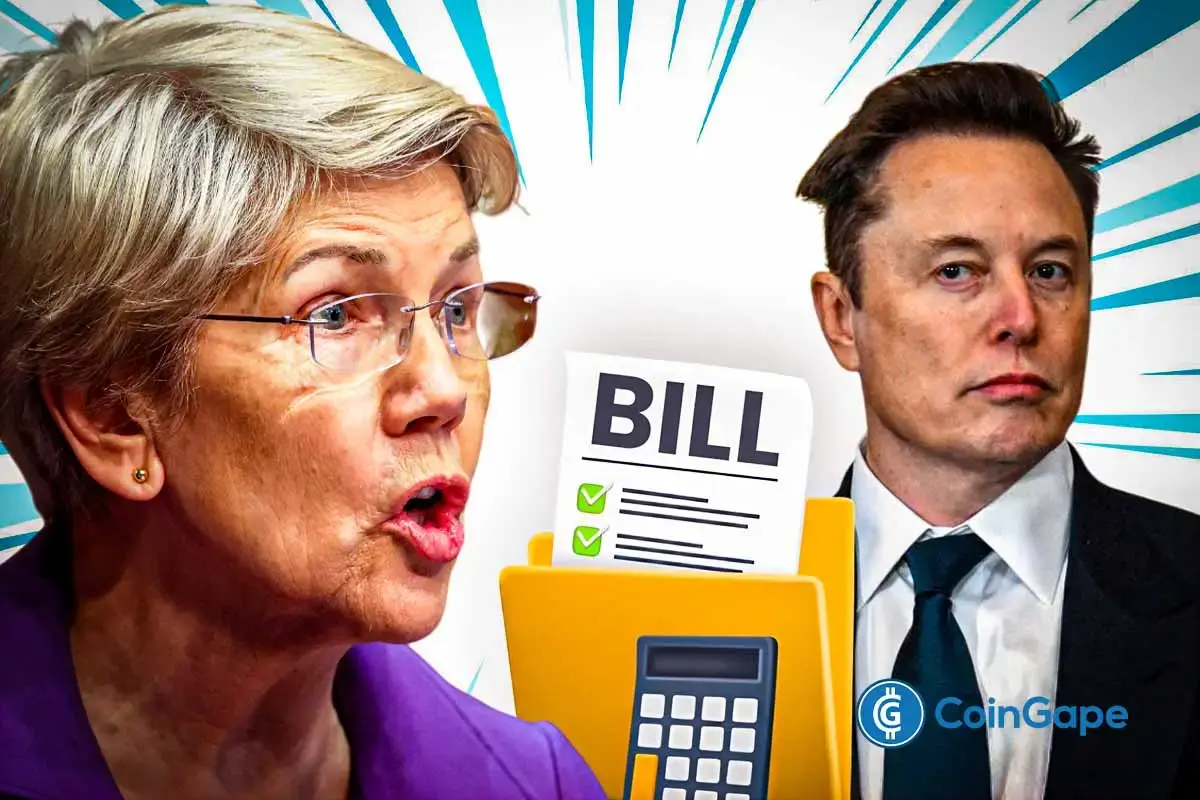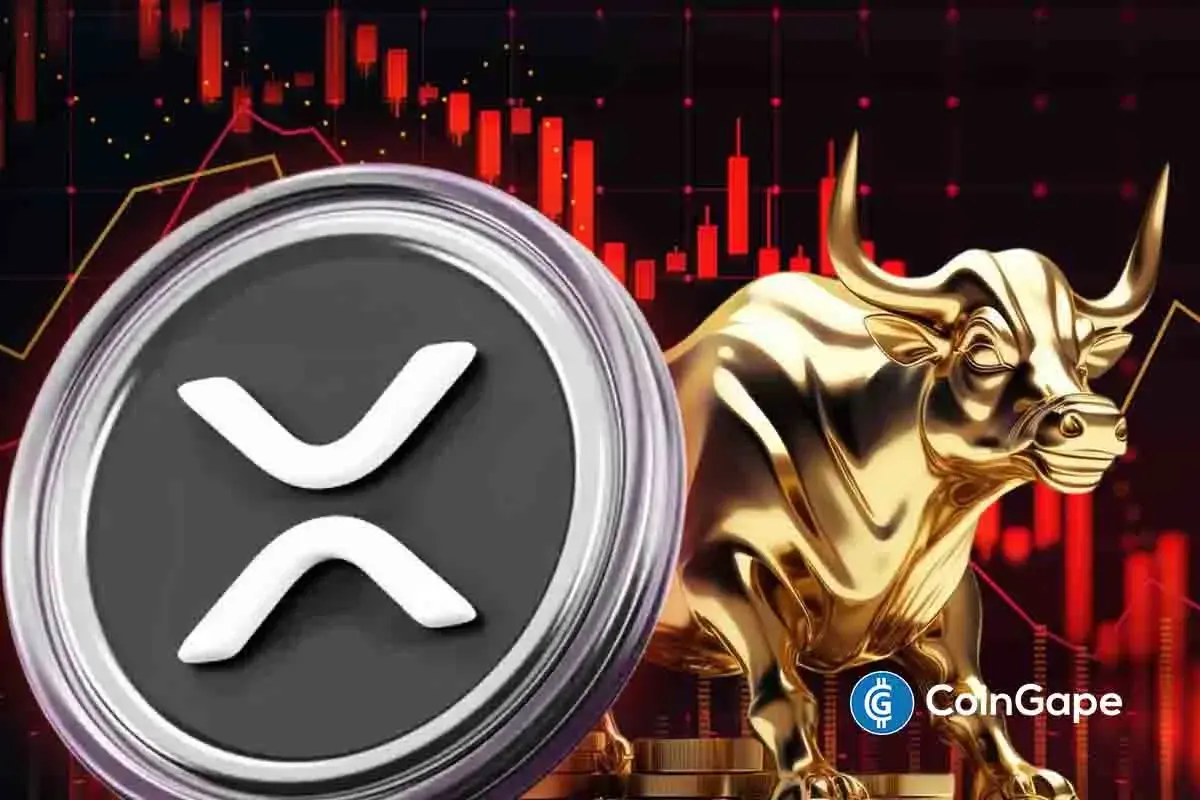
The U.S. Senator for Massachusetts, Elizabeth Warren, has cracked down on billionaire Elon Musk, aka D.O.G.E (Department of Government Efficiency) lead, regarding his federal duties. A recent X post by the Senator revealed that Warren introduced a new bill to relieve Musk of his government role alongside other SGEs (Special Government Employees).
Elizabeth Warren Introduces Bill Seeking Ethical Government Functioning; Clamps Down on Musk & SGEs
Senator Elizabeth Warren criticized how unelected billionaire Elon Musk makes $8 million a day leveraging his government role while he’s at it. In her X post on April 14, the Senator said, “Musk should not be acting as co-president of the U.S. and making” such a ridiculous amount from it.
“My new bill would crack down on conflicts of interest for Elon Musk and all Special Government Employees,” she added. Reportedly, this new legislative push is led by Sen. Warren, D-Mass, and Rep. Melanie Stansbury.
It’s noteworthy that Sen. Warren and others introduced the new bill in the Senate and House this week. Its primary aim is to prevent SGEs like Elon Musk (who lead companies worth $1 billion or more) from functioning within such federal agencies.
Notably, these federal agencies are also known to interact with Musk’s companies, such as SpaceX and Tesla. Reports from across the globe reveal that both firms collectively received billions of dollars via government contracts over the past decade.
In turn, Sen. Elizabeth Warren introduced a new bill aiming to crack down on the abovementioned feat. Besides, an official reply by the American billionaire remains much awaited regarding this development.
On the other hand, CoinGape recently reported that Warren called for an investigation into Trump’s tariffs flip-flopping, deeming it to be a market manipulation move. She even blamed Trump for crashing the U.S. economy with his tariffs chronicle.
Nationwide masses are currently left speculating whether the bill’s approval could trigger a negative sentiment, given that the Tesla lead has already aided the U.S. government in saving billions to date.
The post Elizabeth Warren Wages War Against Elon Musk With New Bill, What’s Happening? appeared first on CoinGape.






